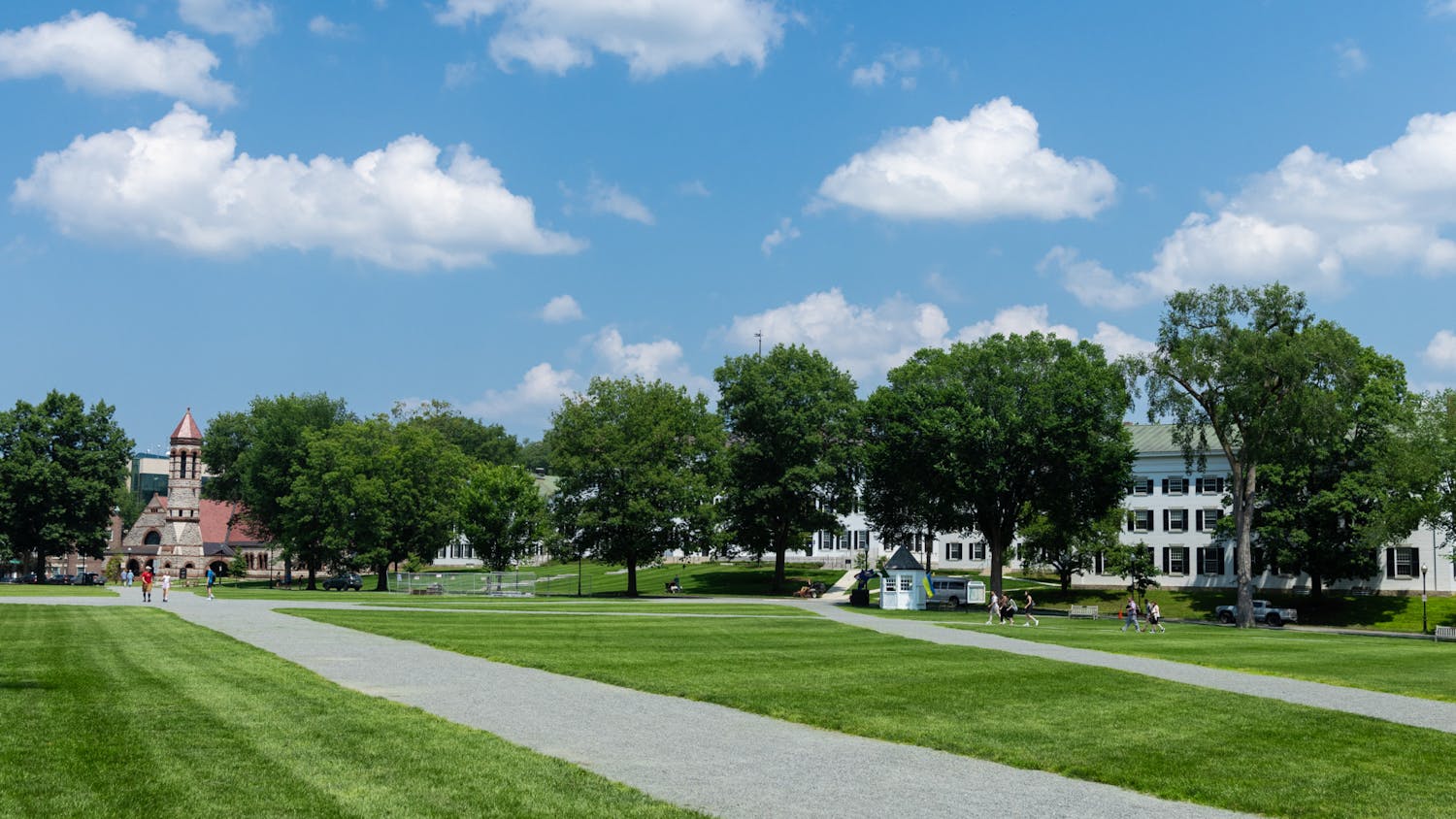The vibrant reds, oranges and yellows which make New England's fall foliage season famous mean more to New Hampshire residents than just decoration -- they mean big business, bringing tourists to the state from around the world. But that business has been hurt this year, some say, by negative publicity predicting a lack of autumnal color due to this summer's drought.
Scotty Johnston, of Tauck Tours, Inc. -- a Connecticut-based company that runs foliage tours throughout New England -- told The Dartmouth he thinks negative reports on television and in newspapers have hurt his business, which brings visitors to Hanover and other locations each fall.
"There was some slanderous publicity," Johnston said. "We're going to have a very, very good fall foliage season."
Fall tourism is an $850 million a year business in New Hampshire, and Johnston predicts that the industry stands to lose money as a result of the recent media coverage.
Beginning in early August, articles appeared in many New England newspapers predicting the summer's drought would cause this year's foliage season to begin earlier than usual or not last as long. Some have even suggested the leaves would turn brown instead of red, orange or yellow.
Johnston said he was shocked last summer when he was outside of the state and saw media coverage predicting a poor foliage season.
"I was traveling around [this summer]," Johnston said, "and I heard it on CNN.... I was getting sick of it."
Diane Konrady, a representative of the Vermont Department of Tourism and Marketing, agreed.
"The major impact [on tourism] is the perception by the outside world," Konrady said.
She noted that almost every year the media voices doubts about the foliage season.
But, Konrady noted, Mother Nature is proving again that the leaves change as they always do.
Most people agree that the media's predictions are turning out to be false. Those who have traveled around the region say the leaves are changing color at the normal time, following a progression that begins in the northern parts of New England and in the mountains and spreads southward and downward.
"I've seen the colors, and they look as brilliant as ever," said Mike Haddad, a meteorologist at WMUR-TV 9 in Manchester. He thinks that September's heavy rains may have contributed to the bright colors already on display in some parts of the state.
Dan St. Jean, a meteorologist at the National Weather Service station in Burlington, Vt., acknowledged that it's hard to draw conclusions about the quality of foliage based on weather patterns, as he knows of no studies linking the two trends.
Right now, he said, the leaves are changing "about right on schedule."
Laura Simoes, publicity director of New Hampshire's Division of Travel and Tourism Development, echoed St. Jean's observations. She said the division receives information on the state of the foliage from the state's Division of Forests and Lands.
"We're hearing that [the foliage has] been very strong." In response to the prediction that the season would peak earlier than normal, she said, "If anything, it's right on time, maybe even a little late."
She added that most of the concerns her office has fielded this fall about the foliage season came from the media, not from worried tourists.
Tom Hoyt, a weatherman for White River Junction, Vt.'s WNNE-TV 31,
said that despite the summer drought, all of Vermont and New Hampshire are at or above normal precipitation levels for the year.
Konrady said that according to a March 1999 University of Vermont study, 26 percent of the state's tourism revenue, or roughly $500 million, comes from the fall.
This represents the spending of approximately four million American fall visitors annually, plus international visitors.
New Hampshire Travel and Tourism Development's Simoes said her office predicted 6.7 million visitors to the state this fall, who were expected to bring in $850 million in revenue.
The tourists who come on Tauck Tours' New England trips are typically over 50, Johnston said. A majority are from the South and West, he said, especially Texas, Arizona, and California. Many are retired, but there are also many elderly working people.
He added that Hanover is a popular stop because of the appeal of Dartmouth, which he said his customers view as a classic New England college town. He said one tour included an overnight stay at the Hanover Inn, and another a trip by Mt. Moosilauke.
Haddad and St. Jean, the meteorologists, both said the foliage season is currently at its height in northern Vermont, New Hampshire and Maine and in higher elevations, and should peak in the Upper Valley region in about the second week of October.



